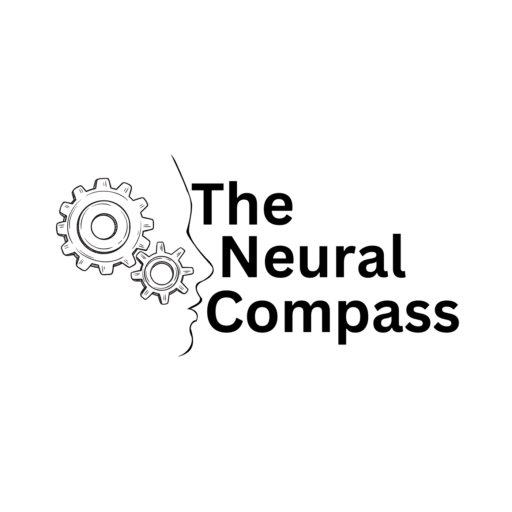Digital Twins: Bridging the Virtual and Physical for Enhanced Operational Insights
Digital twins are digital replicas of physical entities that exist simultaneously with the physical assets they represent. They are computer-generated models of physical objects, devices, or processes that control and monitor those physical entities remotely. These digital representations of physical systems and objects bridge the gap between the virtual and the physical world.
According to Gartner, 50% of large industrial firms will be using digital twins by 2021, a shift that will improve their effectiveness by 10%. In the utility sector, 46% of executives already use digital twins technology to enhance operational efficiency. This is according to a recent Accenture Industry X.0 study.
In practice digital twins have four main characteristics:
- Sensors, that measure the current state of an object or process
- Connectivity, to an outside environment
- Defined data structures allowing to leverage of the data in analytics
- A user interface to visualize the relevant data
There are two main categories of digital twins. Either it mirrors the object in the physical world and allows you to run simulations and scenarios after gathering enough data, or it is constructed upfront before you build the physical representation.
Benefits of Digital Twins
A digital twin uses as input real-world data of the physical system it represents, then outputs simulations/predications that help enterprises better understand the effect those inputs will have on the physical entity. For example, the digital twin of a jet engine helps evaluate its wear and tear during use. This can help engineers better understand how to improve the design. It also informs predictive maintenance where changes are made before they become real-life problems.
Through these simulations, CIOs can develop new plans and identify opportunities for improvement of these systems and product lines in the future. They help you refine your plans at an accelerated speed to achieve smooth business enablement through improved quality, lower costs, and better alignment of investments to the enterprise’s value streams.
On the other end, a digital model that is constructed before you build the physical objects allows you to detect flaws at a point where correcting them is cheaper and faster than if you would build and test the object or process.
We Recommend
Prototype First
Start small by building one digital twin around one process or object. Often this already requires you to bridge silos of organizations and systems. The prototype shall enable you to learn about your organization as well as the actual object it represents.
Simplicity First
Instead of emitting as much data as possible, focus on the steps and parts that matter most from the perspective of your current knowledge. This should reduce the number of sensors that you want to integrate at the start.
Manage Expectations
Most of the work in today’s manufacturing and engineering is collaborative like interacting with stakeholders, product design problems, or innovation. A digital twin will not replace this work but rightly applied will give you insights to solve the problems that matter more effectively.
What’s Next?
As more and more machinery and tools become more digitally native they will offer much more data at a lower cost. At the same time, speed becomes more important than ever even for so far digitally sluggish industries such as construction. This will result in a big opportunity for fast adapters of digitally enhanced technologies such as Digital Twins.

